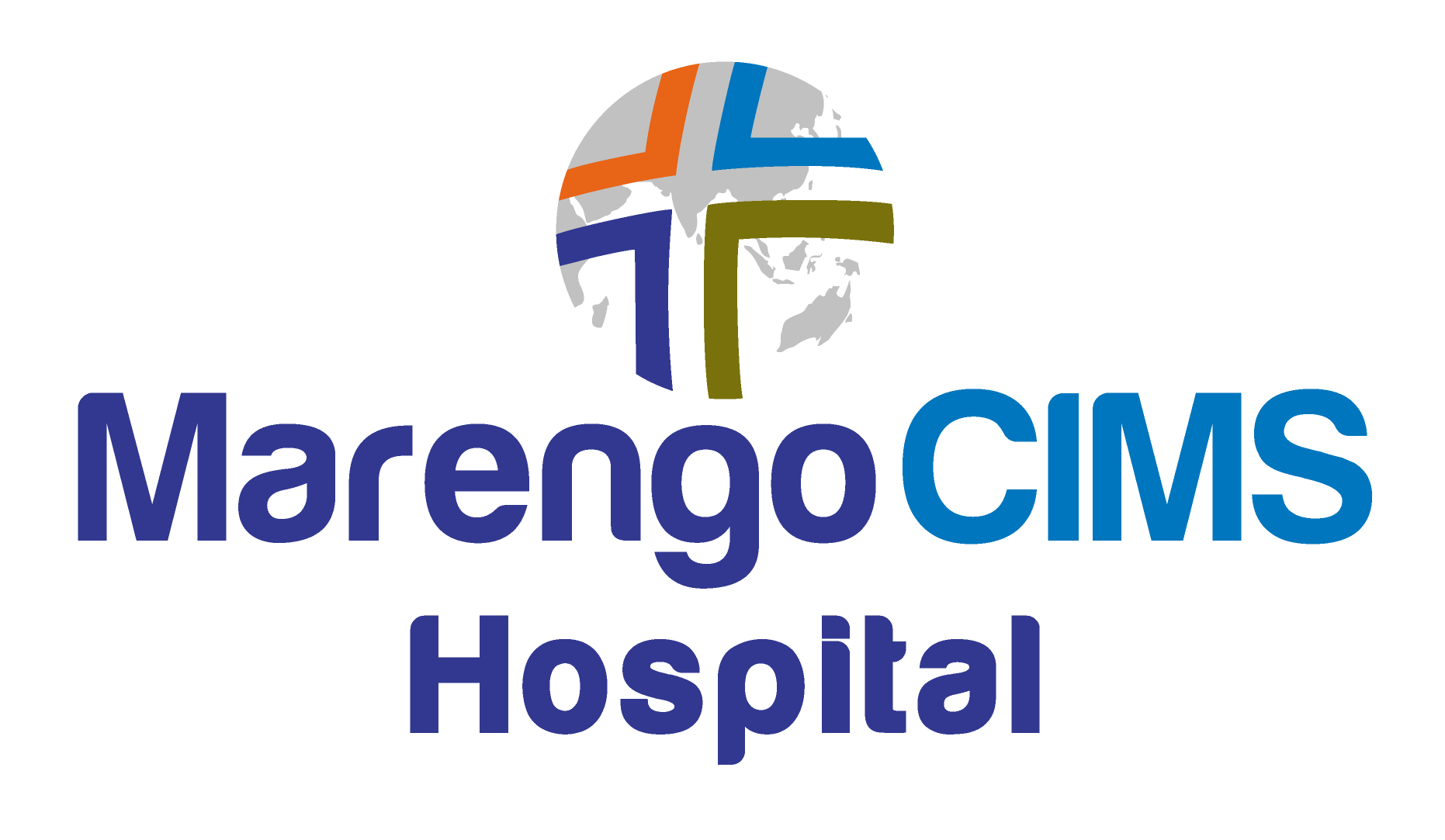A transesophageal echocardiogram (TEE) is a special test that uses sound waves and a computer to look at your beating heart. For this test you swallow a device called a transducer, or probe. The transducer is carefully placed in your esophagus behind your heart. (The esophagus is the tube that carries food from the throat to the stomach.) The probe sends high-frequency sound waves to your heart. The sound waves bounce (echo) off your heart. A computer uses the echoes to create a moving picture of the heart.
Having the transducer in your esophagus allows ultrasound waves to create very clear moving pictures of your beating heart. The heart valves, chambers, blood vessels, and the heart muscle itself can be carefully measured and examined.


